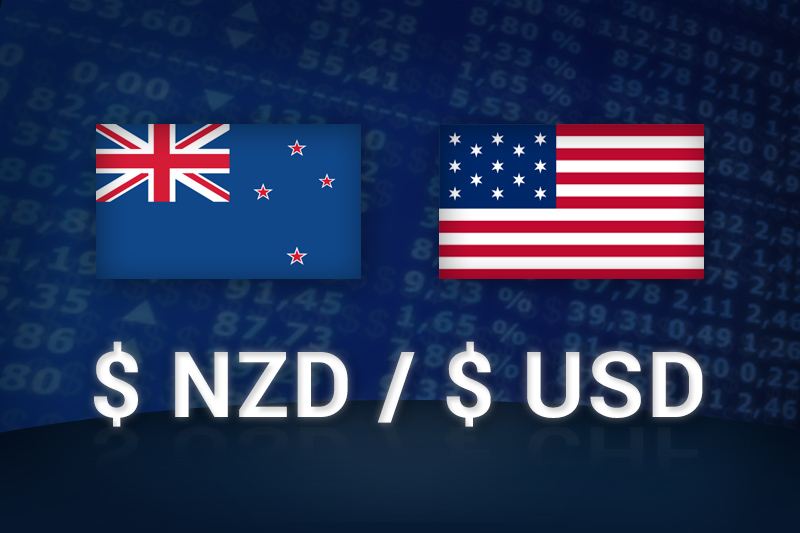Investing.com - The New Zealand dollar fell against its U.S. counterpart on Monday, as signs of a further slowdown in Chinese manufacturing activity overshadowed new steps taken to tackle the debt crisis in the euro zone.
NZD/USD hit 0.8151 during late Asian trade, the daily low; the pair subsequently consolidated at 0.8146, declining 0.50%.
The pair was likely to find support at 0.8098, the low of March 23 and resistance at 0.8205, the high of April 6.
Market sentiment waned after a preliminary report from Markit showed that its manufacturing purchasing managers’ index for China hit 49.1 in April following a reading at 48.3 the previous month.
On the index, a reading above 50.0 indicates industry expansion, below indicated contraction.
The data overshadowed news that the Group of 20 leading economies agreed on Friday to boost the International Monetary Fund’s lending capacity by USD430 billion, to help shield the global economy from the debt crisis in the euro zone.
Meanwhile, the kiwi was higher against the Australian dollar with AUD/NZD edging down 0.13%, to hit 1.2670.
Also Monday, official data showed that producer price inflation in Australia fell unexpectedly in the first quarter, edging down 0.3% after a 0.3% rise the previous quarter. Analysts had expected producer price inflation to rise 0.5% in the first quarter.
The data added to expectations for a rate cut by the Reserve Bank of Australia at its policy meeting this week.
NZD/USD hit 0.8151 during late Asian trade, the daily low; the pair subsequently consolidated at 0.8146, declining 0.50%.
The pair was likely to find support at 0.8098, the low of March 23 and resistance at 0.8205, the high of April 6.
Market sentiment waned after a preliminary report from Markit showed that its manufacturing purchasing managers’ index for China hit 49.1 in April following a reading at 48.3 the previous month.
On the index, a reading above 50.0 indicates industry expansion, below indicated contraction.
The data overshadowed news that the Group of 20 leading economies agreed on Friday to boost the International Monetary Fund’s lending capacity by USD430 billion, to help shield the global economy from the debt crisis in the euro zone.
Meanwhile, the kiwi was higher against the Australian dollar with AUD/NZD edging down 0.13%, to hit 1.2670.
Also Monday, official data showed that producer price inflation in Australia fell unexpectedly in the first quarter, edging down 0.3% after a 0.3% rise the previous quarter. Analysts had expected producer price inflation to rise 0.5% in the first quarter.
The data added to expectations for a rate cut by the Reserve Bank of Australia at its policy meeting this week.
